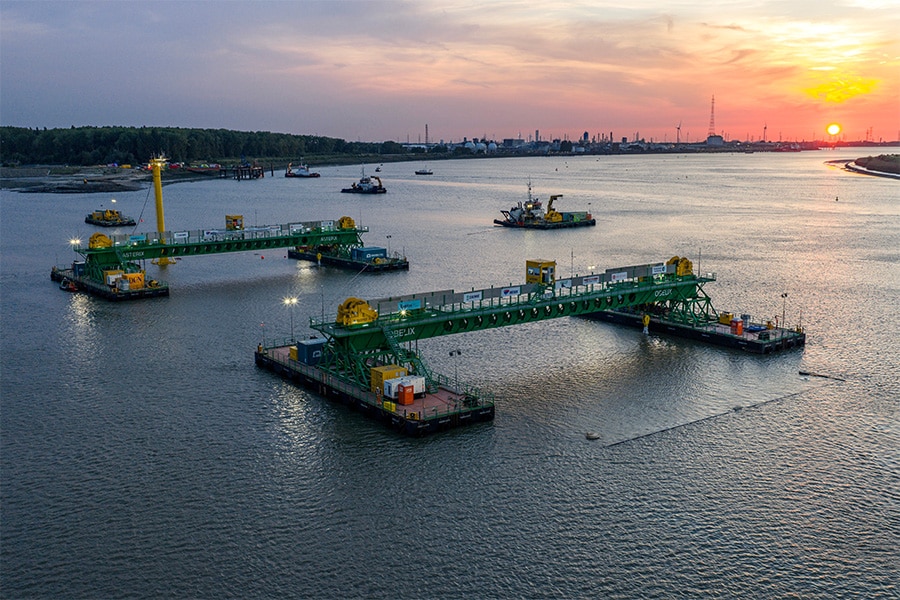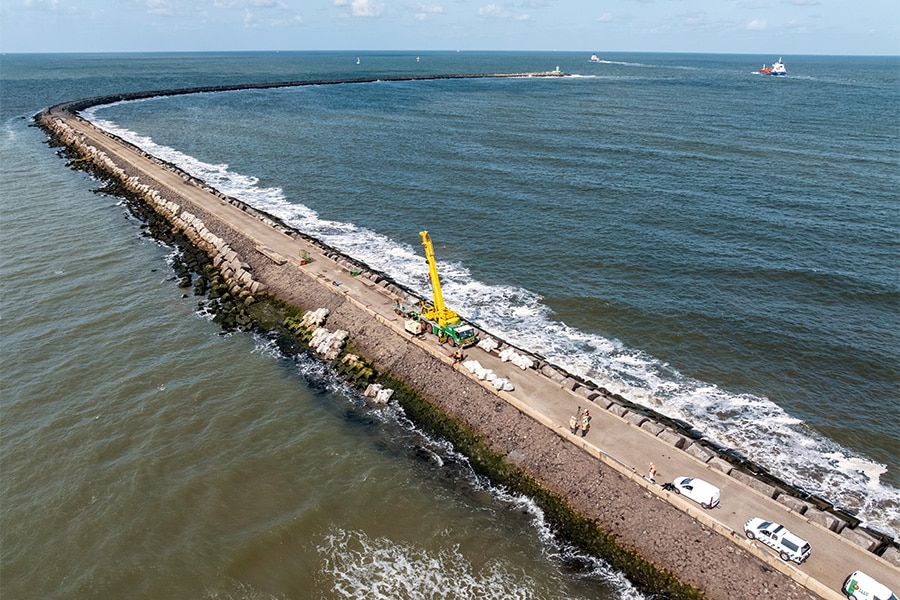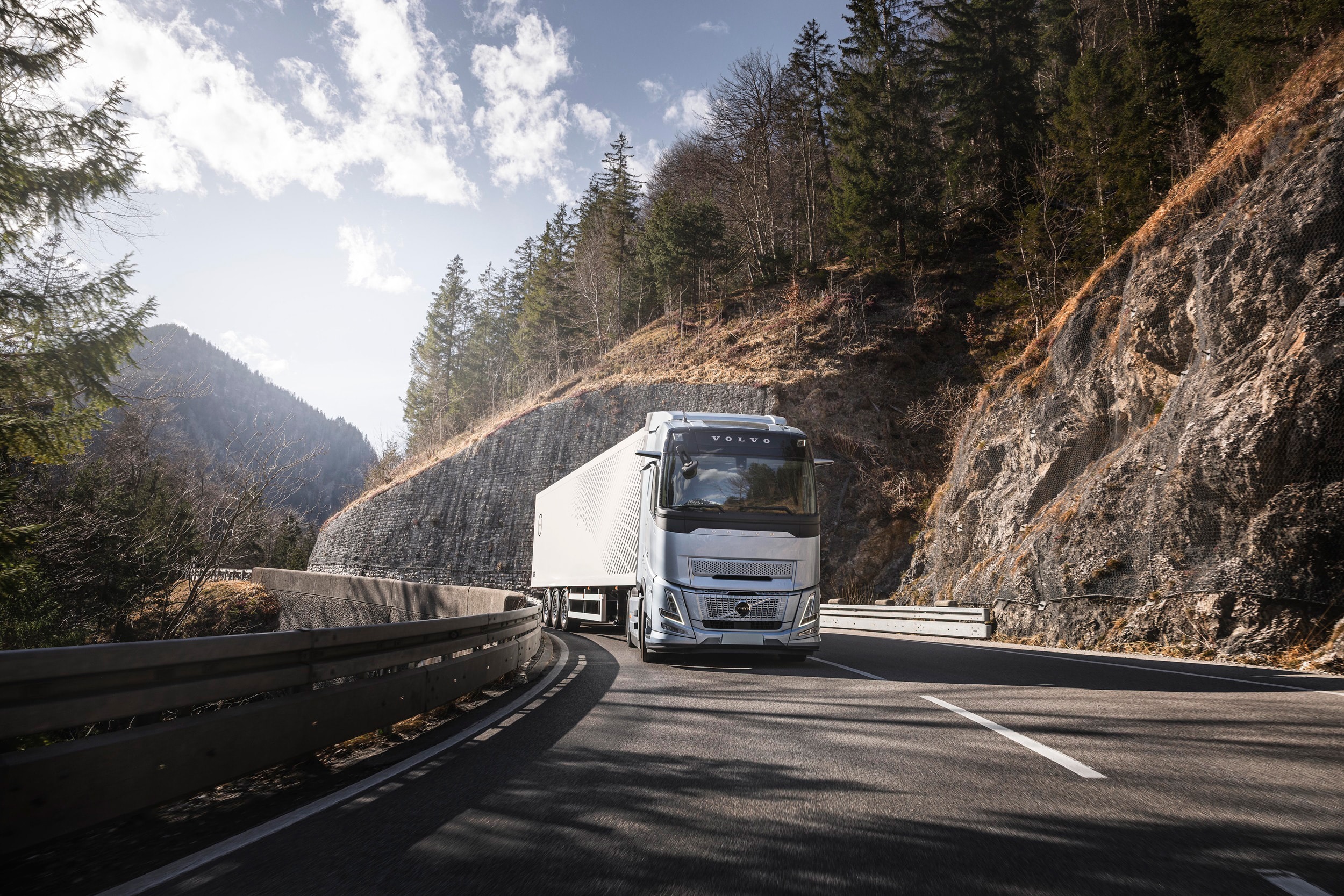
Prestressing systems crucial in maintenance of movable bridges
A significant proportion of the movable bridges in the Netherlands are obsolete. They were built during the reconstruction period according to now obsolete standards, and are now in need of a substantial update. Often the pivot points and halyard are replaced in accordance with current calculation methods and capacities. This results in different dimensions that do not match the historical (concrete) substructure. With DYWIDAG's pre-tensioning systems, even that "shortcoming" can be tackled.

Bridges are designed with a lifespan 100 years. Most bridges in our country were built in the 1960s and 1970s. Since then, traffic has changed a lot. The higher loads and high traffic volumes also affect the condition of our country's engineering structures. We are therefore on the eve of a major renovation task. Indeed, a number of moveable bridges are already being tackled. And DYWIDAG's pre-tensioning systems have an important role to play in this.
Tension anchors
When replacing the complete movement system, one often runs into problems with anchoring it to the concrete substructure, Robert Jansen of DYWIDAG knows. "Because of tightened standards, the new pivot point usually has a different size. On top of that, the anchors securing the steel shoe to the concrete substructure also no longer meet current standards. So a new anchoring system must be designed. And the forces are high, because the entire bridge hangs at the pivot point. Moreover, space is limited. The concrete substructure will not be questioned from a historical perspective. Based on the new dimensions, we then drill the holes in the concrete substructure. This is where we place our tension anchors, which are glued over the lower section. The upper part forms the free length. Then the new motion gear is placed, the nuts come on and tighten the whole thing so that we meet the intended play of forces."
The space in which DYWIDAG can clamp the tension anchors is extremely tight, according to Jansen. "It requires continuous coordination between the steel fabricator, the contractor, the chief structural engineer and DYWIDAG as a specialist in anchoring systems. Definitely an interesting and above all iterative process to provide a suitable solution based on a few key figures. And that is right up our alley. We continue with our anchoring systems where others stop. As mentioned, forces are high. Permanent forces of between 30 and 40 tons per bar are required in this type of movement work. That is no problem for us at all. And should the concrete substructure not be sufficient, we can also reinforce it by anchoring a pivot point through and through, for example. We don't shy away from any challenge."



